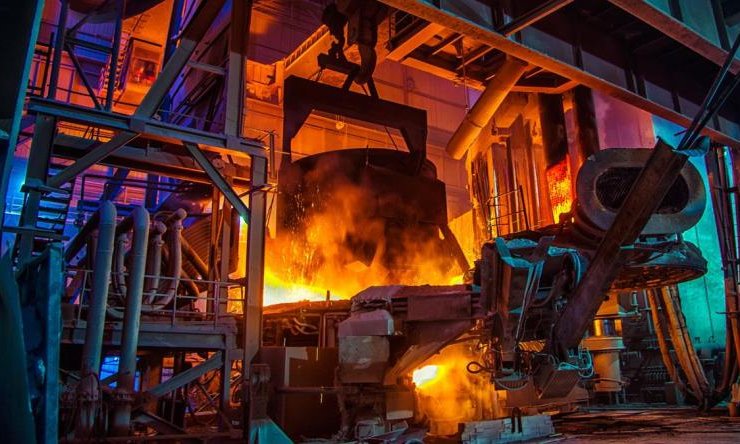Global demand for steel in 2019 will grow only due to China, where it is expected to increase by 7.8% at the end of 2019, while the rest of the world is expected to have a record low growth rate of 0.2%. This was announced on Monday, October 14, by the press service of the World Steel Association Worldsteel.
Global steel demand will grow by 3.9% to 1 billion 775 million tons in 2019 and will grow by another 1.7% in 2020, reaching 1 billion 805 million 700 thousand tons.
Steel demand in China is expected to grow by 1.0% in 2020, while demand for steel in the rest of the world will grow by 2.5%, driven by 4.1% growth in emerging market economies and developing countries, excluding China.
“Steel demand slowed in 2019 due to uncertainty, trade tensions and geopolitical issues affecting investment and trade. In many countries, the manufacturing industry, especially the automotive industry, has shown poor results, but in the construction, despite a slight slowdown, a positive momentum remains, "commented Saeed Ghumran Al, Chairman of the Economic Committee of the World Steel Association. Remeithi).
According to the association's forecast, steel consumption in developed countries in 2019 will decrease by 0.1%, to 410 million tons, but will increase in 2020 - by 0.6%, to 412. 5 million tons.
In the EU in 2019, steel consumption will decline by 1.2% - to 166.8 million tons, in 2020 it will increase by 1.1%, to 168.6 million tons. The rest of Europe will show a decline in demand this year by 12.1% - to 32.9 million tons, but in 2020 demand is expected to grow by 5% - to 34.5 million tons.
The CIS countries in 2019 will increase demand by 4.8% - up to 58 million tons, in 2020 - by 2%, up to 59.3 million tons.
NAFTA countries will increase consumption this year by 0.6% - up to 141.5 million tons, in 2020 - by 0.8%, up to 142.6 million tons. Central and South America will reduce demand by 0.4% this year, and will increase by 3.9% next year, to 43.8 and 45.5 million tons, respectively.
Africa will reduce demand by 1.4%, to 36 million tons this year, and will grow by 3.2%, to 37.2 million tons in 2020, the Middle East will reduce consumption by 4.6% and will increase by 0.2%, to 47.9 and 48 million tons, respectively.
The countries of Asia and Oceania in 2019 will increase demand by 6.2%, to 1 billion 248.1 million tons, in 2020 - by 1.8%, to 1 billion 270 million tons.





